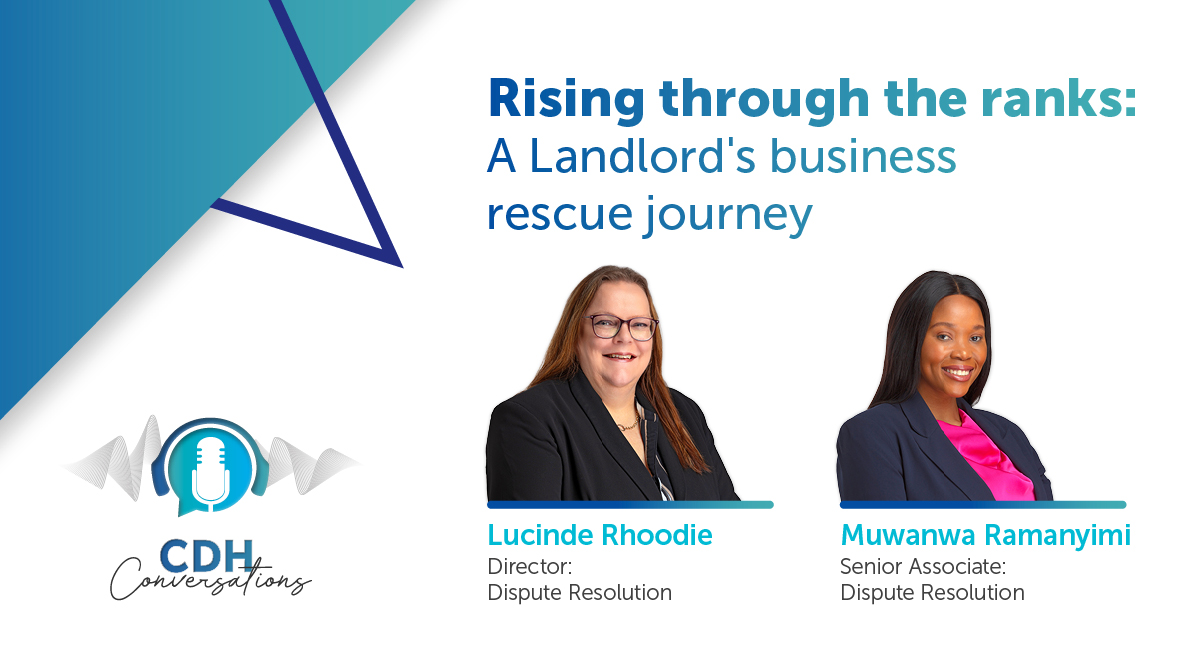Without prejudice correspondence: Admissible or inadmissible?
The question that Judge Rogers was called upon to decide was whether a party to litigation should be permitted to produce, in support of a particular costs order, a settlement offer made prior to the commencement of the proceedings and which was expressly made “without prejudice save as to costs”. In particular, Judge Rogers had to determine whether such settlement offer could form part of the evidence after judgment had been granted.
In this matter the defendant had conceded the merits and the trial proceeded on the quantum of the plaintiffs’ claim only. The plaintiffs had incurred substantial legal costs not only in respect of their legal team, but also in respect of several expert witnesses that were required to give evidence in regard to the plaintiffs’ quantum. The plaintiffs sought a punitive costs order against the defendant on the basis that the defendant pay the plaintiffs’ legal costs on the attorney and client scale as opposed to the usual party and party scale. In presenting their argument before Judge Rogers, the pivotal part of their case was a without prejudice settlement proposal that had been made to the defendant on 31 October 2013. The plaintiffs argued that the defendant unreasonably rejected the settlement offer. This decision by the defendant resulted in the plaintiffs having to incur substantial legal costs in running a lengthy trial, which the plaintiffs contended was ultimately unnecessary.
South African law of evidence regarding without prejudice privileged communication is based on English law. This particular aspect of evidence was considered by the English court of appeal in the matter of Calderbank v Calderbank (1975) 3 ALL ER 333 CA in which Cairns LJ found that there was “no reason in principle why, in cases not covered by the rules of court covering secret offers, a litigant should not be permitted to make a settlement offer ‘without prejudice save as to costs’ and to rely on such offer, once judgment has been granted, in support of a particular costs order.” In light of the latter decision, these without prejudice letters became known as Calderbank letters.
Judge Rogers was accordingly called upon to determine whether a Calderbank letter is admissible at all in relation to costs.
In dealing with this question, the court found that to a large extent considerations of public policy in determining whether such without prejudice correspondence should be admitted fall away once the issues in dispute between the parties have been decided. Furthermore, public policy also encourages settlement as between parties so as to avoid costly litigation and if for no other reason, these are compelling reasons for allowing the presentation of without prejudice correspondence in litigation where costly litigation should and could have been avoided.
The defendant attempted to argue that in order for such correspondence to be admissible such a tender must be pleaded and must remain open until the end of the case. The learned judge rejected this argument on the basis that if that were the case, without prejudice offers could never be relied upon as it is not permissible to plead and prove a fact in respect of which evidence is by its nature inadmissible.
The judge thus concluded that in principle Calderbank letters are admissible in regard to costs orders and can be disclosed to the courts in evidence for the purposes of costs orders and after judgment has been granted. This is a further exception to the inadmissibility of without prejudice correspondence exchanged between parties during the course of litigation.
The impact of this case is to provide parties with a further exception to the general rule of evidence that without prejudice correspondence as between parties is not admissible in court proceedings. That said, it is imperative that litigants are aware of the requirements for the admissibility of such correspondence:
- firstly, that the correspondence will only be admitted in evidence after judgment has been obtained; and
- secondly, provided that the Calderbank letter clearly states that the offer is without prejudice save as to costs. Alternatively, it must be clear from the import of the letter that the offer does not address the issue of costs.
Accordingly, litigants are cautioned in regard to the use of without prejudice correspondence and to ensure that without prejudice correspondence is carefully thought through before it is drafted and sent to opponents.
The information and material published on this website is provided for general purposes only and does not constitute legal advice. We make every effort to ensure that the content is updated regularly and to offer the most current and accurate information. Please consult one of our lawyers on any specific legal problem or matter. We accept no responsibility for any loss or damage, whether direct or consequential, which may arise from reliance on the information contained in these pages. Please refer to our full terms and conditions. Copyright © 2026 Cliffe Dekker Hofmeyr. All rights reserved. For permission to reproduce an article or publication, please contact us cliffedekkerhofmeyr@cdhlegal.com.
Subscribe
We support our clients’ strategic and operational needs by offering innovative, integrated and high quality thought leadership. To stay up to date on the latest legal developments that may potentially impact your business, subscribe to our alerts, seminar and webinar invitations.
Subscribe



